Climate science
-

A “blocking” weather event is a persistent area of high pressure which can sit over an area for a long time period, blocking or shifting the movement of weather systems through the area. This commonly results in hot, dry weather in the area of blocking high pressure but can also result in catastrophic flooding in…
-
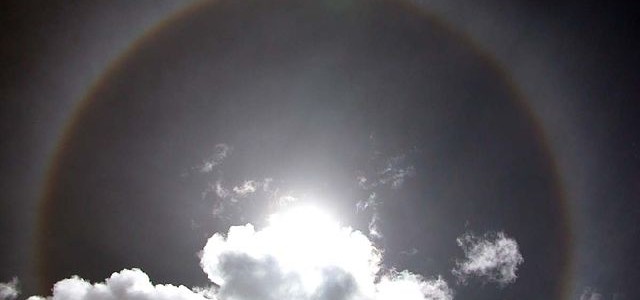
Yesterday I talked about a basic class on weather and climate that is available for adults who are interested in the topic. Today I want to mention a few resources for 4-H that might be useful for kids in grades 3-6. I don’t know anything about pricing (some are free resources) but if you are…
-
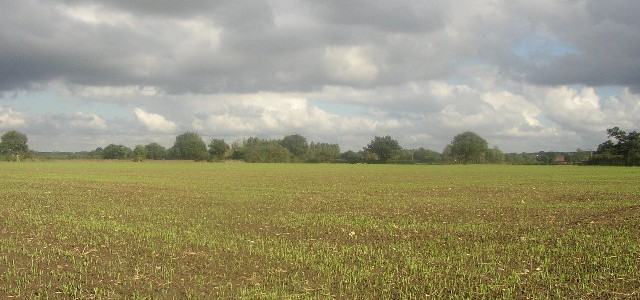
If you are interested in learning more about the weather, you might enjoy this free class on the introduction to weather and climate offered by the Royal Meteorological Society. It’s based on weather in the UK, but it’s really not much different than here in the US. You can read more and sign up at…
-

Today is the start of climatological summer, which is defined as June through August. However, you can also define it in other ways. In a study released today by Brian Brettschneider (@Climatologist49 on Twitter, definitely someone you should follow if you appreciate climatology), he showed using past data that the length of summer is actually…
-
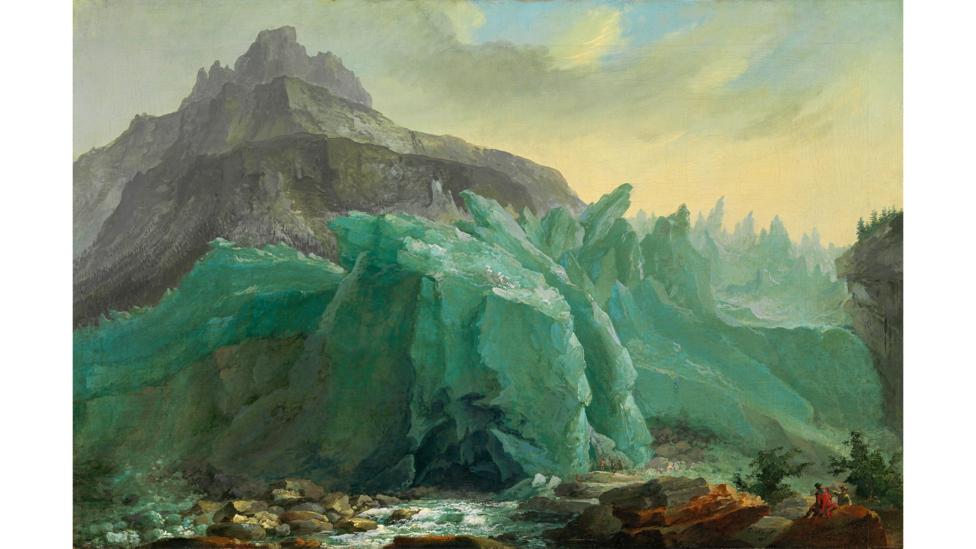
If you like to look at historical paintings, you may notice that they often provide information about the local weather or climate, especially if they are landscape paintings. Art historians have noticed that portrayals of nature have changed over time in response to the changing climate. For example, a painting of a glacier may reveal…
-
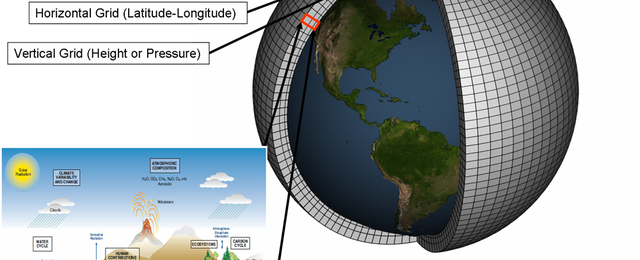
As a meteorologist I often roll my eyes when I hear comments about weather models always being wrong. In fact, most of them are very good, but even the best aren’t perfect, because there are inherent errors in input data, simplifications of atmospheric processes like precipitation formation which happen on small scales, computing errors due…
-
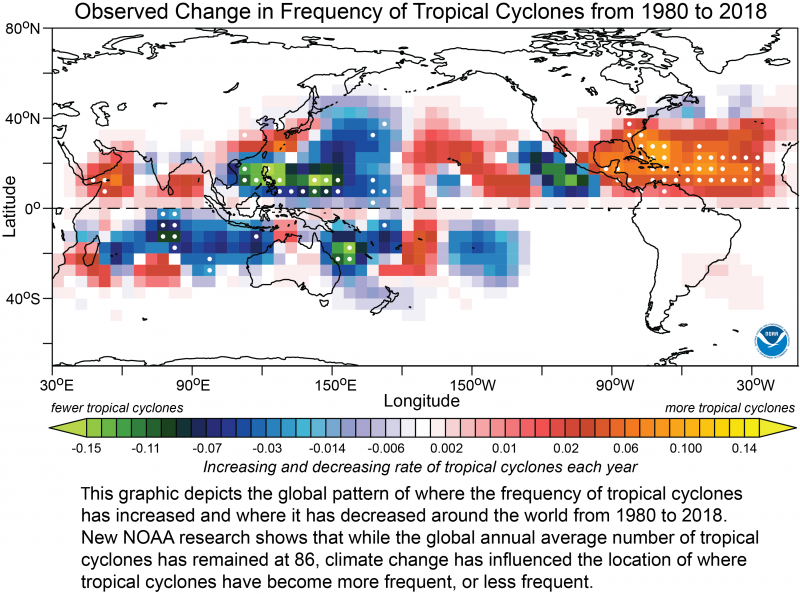
Two new research studies on tropical cyclones (the generic name for hurricanes across the world) shows that hurricanes are getting stronger over time and are also forming farther from the equator, putting new populations at risk. These studies, both based on satellite observations, show that climate change is having an impact on the formation and…